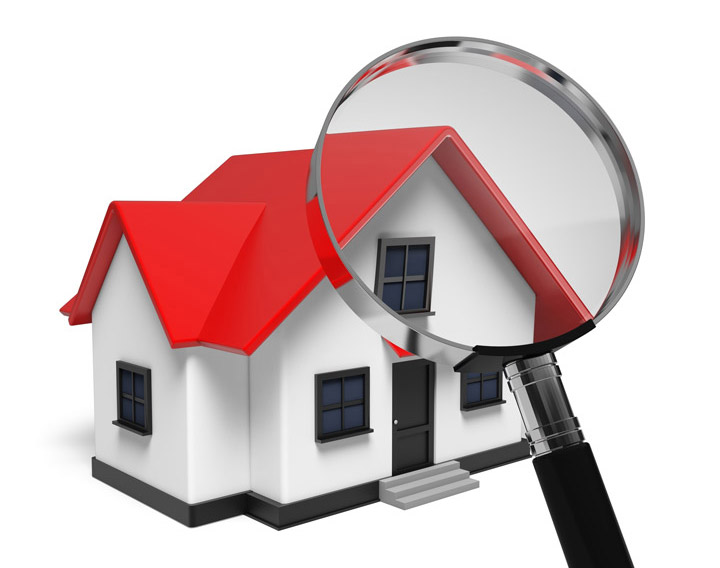
What Is an Appraisal?Getting a home can be the most significant investment most people could ever consider. It doesn't matter if where you raise your family, a seasonal vacation property or an investment, the purchase of real property is an involved financial transaction that requires multiple people working in concert to see it through. It's likely you are familiar with the parties having a role in the transaction. The real estate agent is the most known face in the exchange. Then, the mortgage company provides the money needed to finance the deal. The title company makes sure that all aspects of the exchange are completed and that the title is clear to transfer from the seller to the buyer. So, what party is responsible for making sure the value of the property is consistent with the amount being paid? This is where you meet the appraiser. We provide an unbiased opinion of what a buyer could expect to pay — or a seller receive — for a property, where both buyer and seller are informed parties. A licensed, certified, professional appraiser from Bridges Valuation Services will ensure, you as an interested party, are informed. The inspection is where an appraisal startsTo ascertain an accurate status of the property, it's our duty to first perform a thorough inspection. We must actually view features, such as the number of bedrooms and bathrooms, the location, amenities, etc., to ensure they indeed exist and are in the shape a reasonable buyer would expect them to be. To ensure the stated square footage has not been misrepresented and document the layout of the property, the inspection often entails creating a sketch of the floorplan. Most importantly, we look for any obvious features - or defects - that would affect the value of the house. After the inspection, an appraiser uses two or three approaches to determining the value of real property: sales comparison and, in the case of a rental property, an income approach. 
Replacement CostHere, we use information on local construction costs, the cost of labor and other elements to ascertain how much it would cost to build a property nearly identical to the one being appraised. This value usually sets the upper limit on what a property would sell for. The cost approach is also the least used method. 
Analyzing Comparable SalesAppraisers become very familiar with the communities in which they work. They thoroughly understand the value of particular features to the residents of that area. Then, the appraiser looks up recent sales in close proximity to the subject and finds properties which are 'comparable' to the property being appraised. By assigning a dollar value to certain items such as upgraded appliances, additional bathrooms, additional living area, quality of construction, lot size, we add or subtract from each comparable's sales price so that they more accurately match the features of subject.
A valid estimate of what the subject might sell for can only be determined once all differences between the comps and the subject have been evaluated. At Bridges Valuation Services, we are experts when it comes to knowing the worth of real estate features in Stafford and Stafford County neighborhoods. The sales comparison approach to value is usually awarded the most importance when an appraisal is for a home exchange. Valuation Using the Income ApproachA third way of valuing approach to value is sometimes employed when an area has a measurable number of rental properties. In this situation, the amount of revenue the property yields is factored in with other rents in the area for comparable properties to derive the current value. Putting It All TogetherCombining information from all approaches, the appraiser is then ready to put down an estimated market value for the property at hand. Note: While this amount is probably the strongest indication of what a property is worth, it may not be the final sales price. There are always mitigating factors such as seller motivation, urgency or 'bidding wars' that may adjust an offer or listing price up or down. But the appraised value is often employed as a guideline for lenders who don't want to loan a buyer more money than the property is actually worth. Here's what it all boils down to, an appraiser from Bridges Valuation Services will guarantee you get the most fair and balanced property value, so you can make profitable real estate decisions. |